
Kilimanjaro Climbing History: Lauwo’s First Summit & Chagga
Table of Contents Who Was Lauwo? Tanzania’s First Kilimanjaro Guide | Kili Quests When talking about the first successful ascent of Mount Kilimanjaro, most people
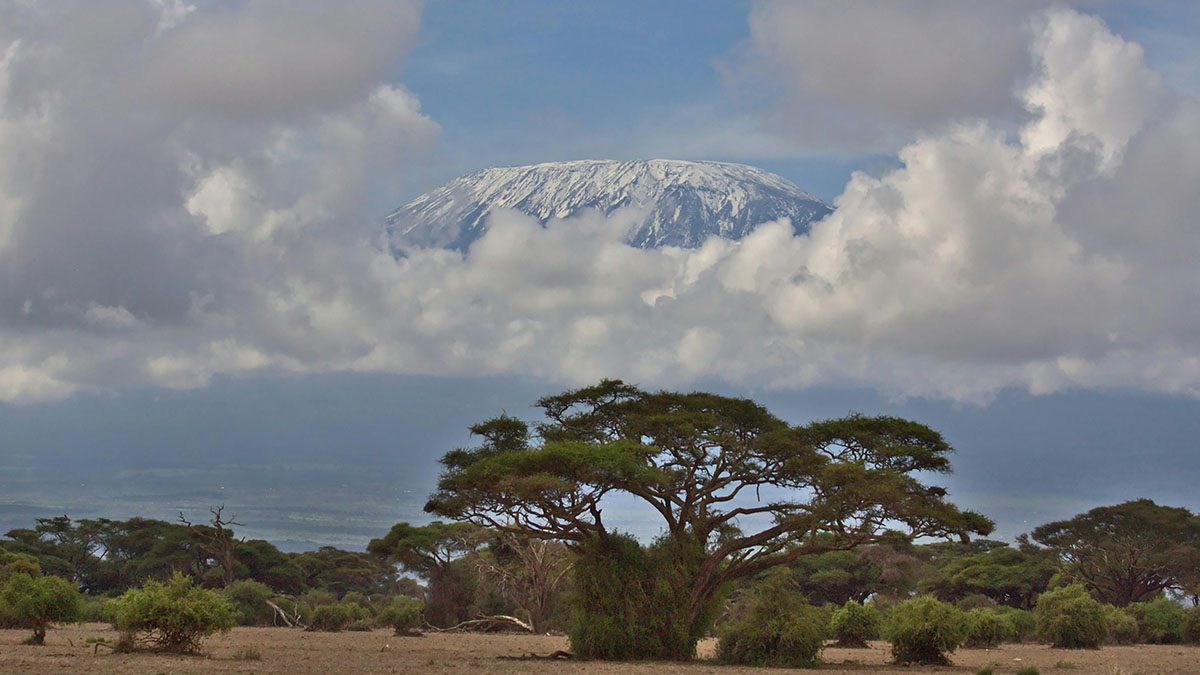
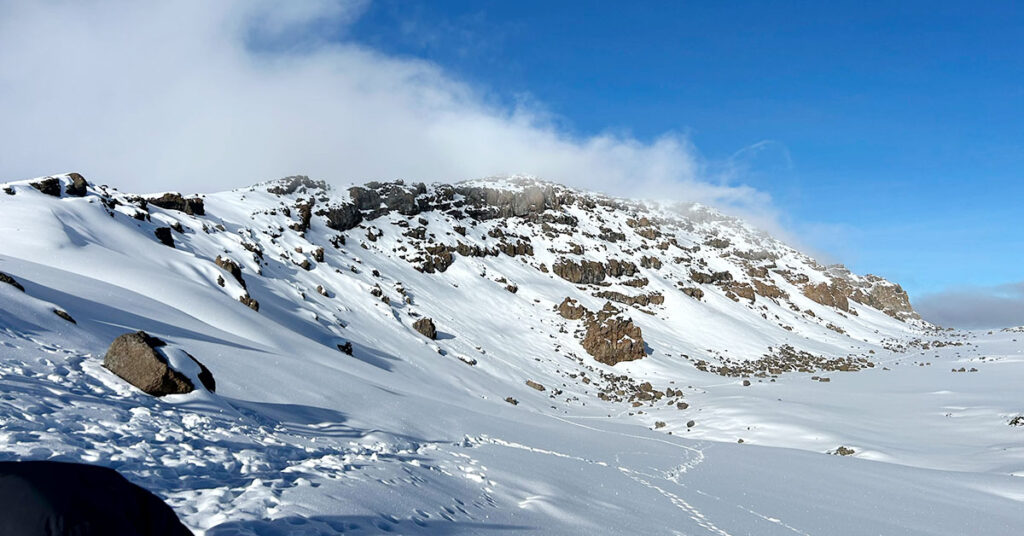
Avoid April and May due to long rains — trails become muddy and slippery.
Plan smart: Best Time to Climb Kilimanjaro.
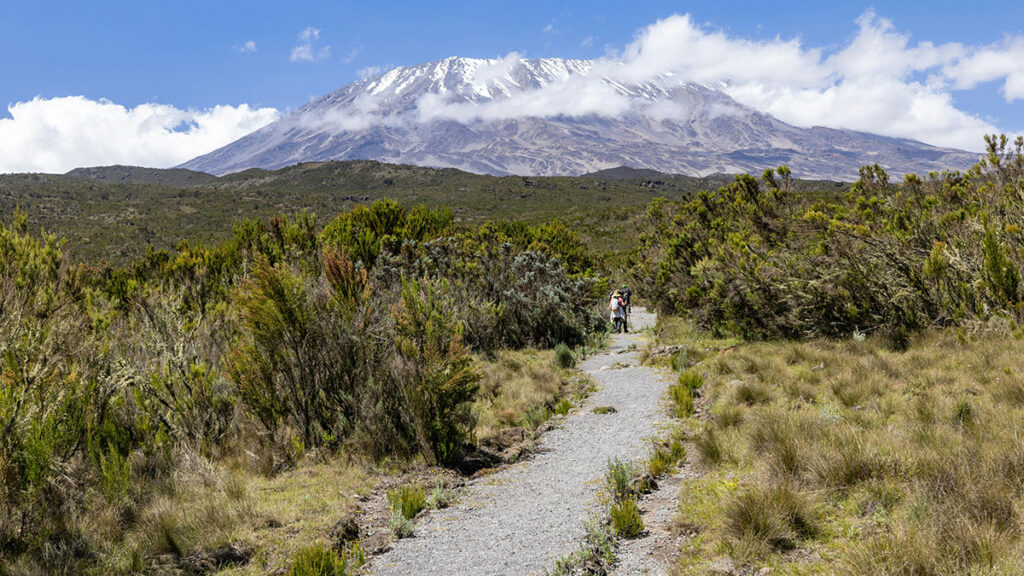

Table of Contents Who Was Lauwo? Tanzania’s First Kilimanjaro Guide | Kili Quests When talking about the first successful ascent of Mount Kilimanjaro, most people
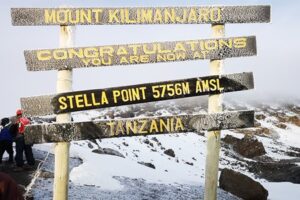
Table of Contents Why Is It Called Stella Point? The Story Behind the Name | Kili Quests On your final push to the summit of
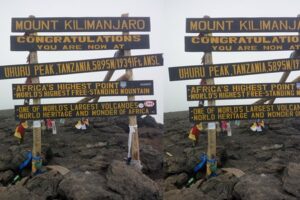
Table of Contents Uhuru Peak? The Story Behind the Name | Kili Quests Uhuru Peak is not only the summit of Mount Kilimanjaro, but